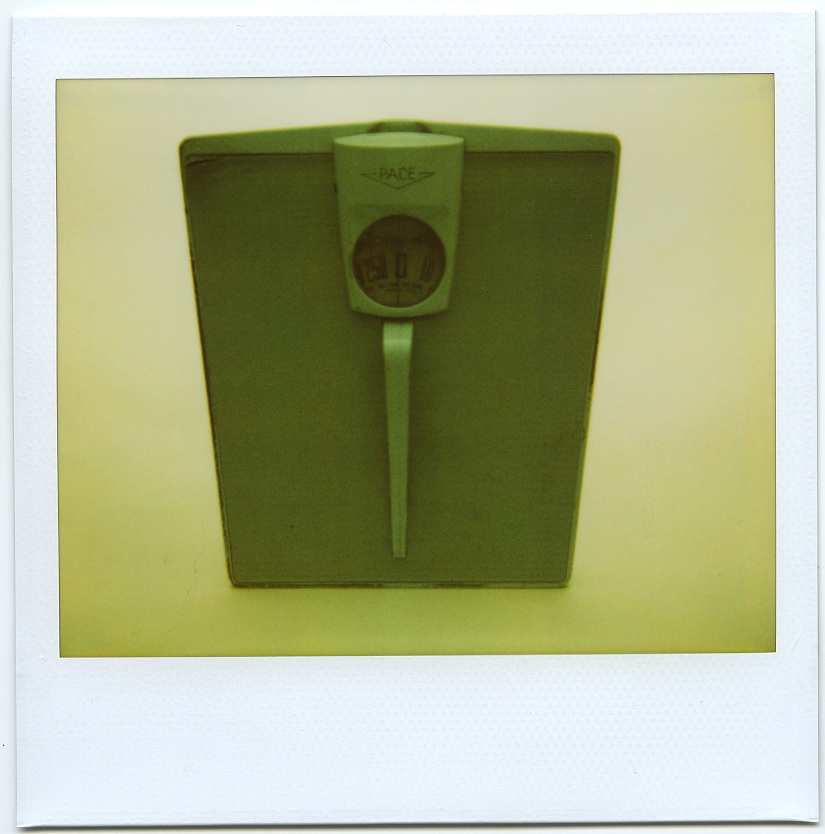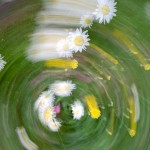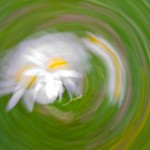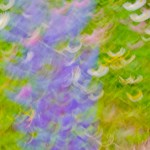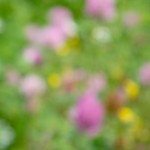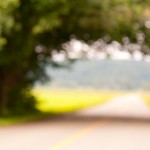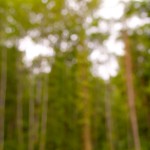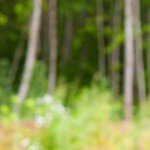Polaroid Process in camera with Pentax
I wanted to share this process I use to create Faux-laroid images using the in camera filters of the Pentax K-7. Most of the information is contained in the images but I will add words as required.
While in playback mode the filters can be accessed by pressing the down arrow key of the four way controller. This reveals this screen
Select the Digital Filter and press the OK button of the four way controller. The next screen allows you to select a filter effect. Here I have applied the custom filter with these settings. Soft Focus 1, Tone Break Yellow, Shading -2
Once you set the filter parameters and select OK you will be presented with the option to save the file or continue applying filters, select the option to continue.
The next filter that I apply is the colour filter set to yellow with the strength set to 2 out of 3
This is followed by adding a frame
After this filter is selected it’s time to save the results.
And the comparison with a real Polaroid Spectra image
While the result isn’t exact and there is room for more experimentation the result is nearly as good as what can be done on a computer and is quite fast. In fact now that you have one done like this you can use it as a preset for processing other files the same way. By selecting Digital Filter when reviewing this already processed image you are presented with the option of recreating the effect.
After selecting this option you then scroll through and select the file you would like to process.
This takes the file from this….
To this
As you can see combining the filter effects provides quite a bit of flexibility and if you leave those processed images on your memory card you can use them as presets for applying to other images, information about that can be found in a previous post. K-7 Filter Presets
RIP photo apps.
I would like to celebrate the birth and death of photo apps all at once. Nothing brings a fad to a quick end like overuse. I should disclose my hypocrisy right up front, one of the first pieces of software I downloaded to my new phone was a photo app that adds that alternative process look to an image and makes sharing it online simple. And that’s the part I really like,the ease of sharing, but not every image needs to have an added layer of faux film. I’m sure that millions of pictures are yet to be taken and processed this way but a little restraint couldn’t hurt. Now I’m off to the app store.
Colour vs B&W processing
When I saw these bolts through this beam I though they made a nice repeating pattern and took a picture. As I was adjusting the image in Lightroom I thought I would just have a look at it as a black and white. Well to me what a difference, it becomes not only an image of the bolts but much more so about their shadows. I just hadn’t envisioned this image in that way. I think for me it’s a good lesson about exploring how you process and present your images. As an aside this is my 300th post!
Playing with colour
I love the palette of colours that you get from overgrown grasses and wild flowers. You can certainly take a clear picture of them but I wanted to just show off the colours.
July 2011 misfits
Here are some images from July that I liked but never made it into any posts. It’s never too late for pictures. Some of the processing may be a bit heavy but sometimes I just adjust for the moment I can always change things later.
RAW processing
So just how much processing can you apply to a RAW file, apparently quite a lot. I took this shot and thought I liked the bluishness of the white balance but once I got it into the computer it was a different story and I wanted something different with more punch. I really don’t think I could have successfully manipulated this image so much had it been a JPEG out of the camera.
De-focused again
Here are some more intentional out of focus paintings, oops I mean photographs.












